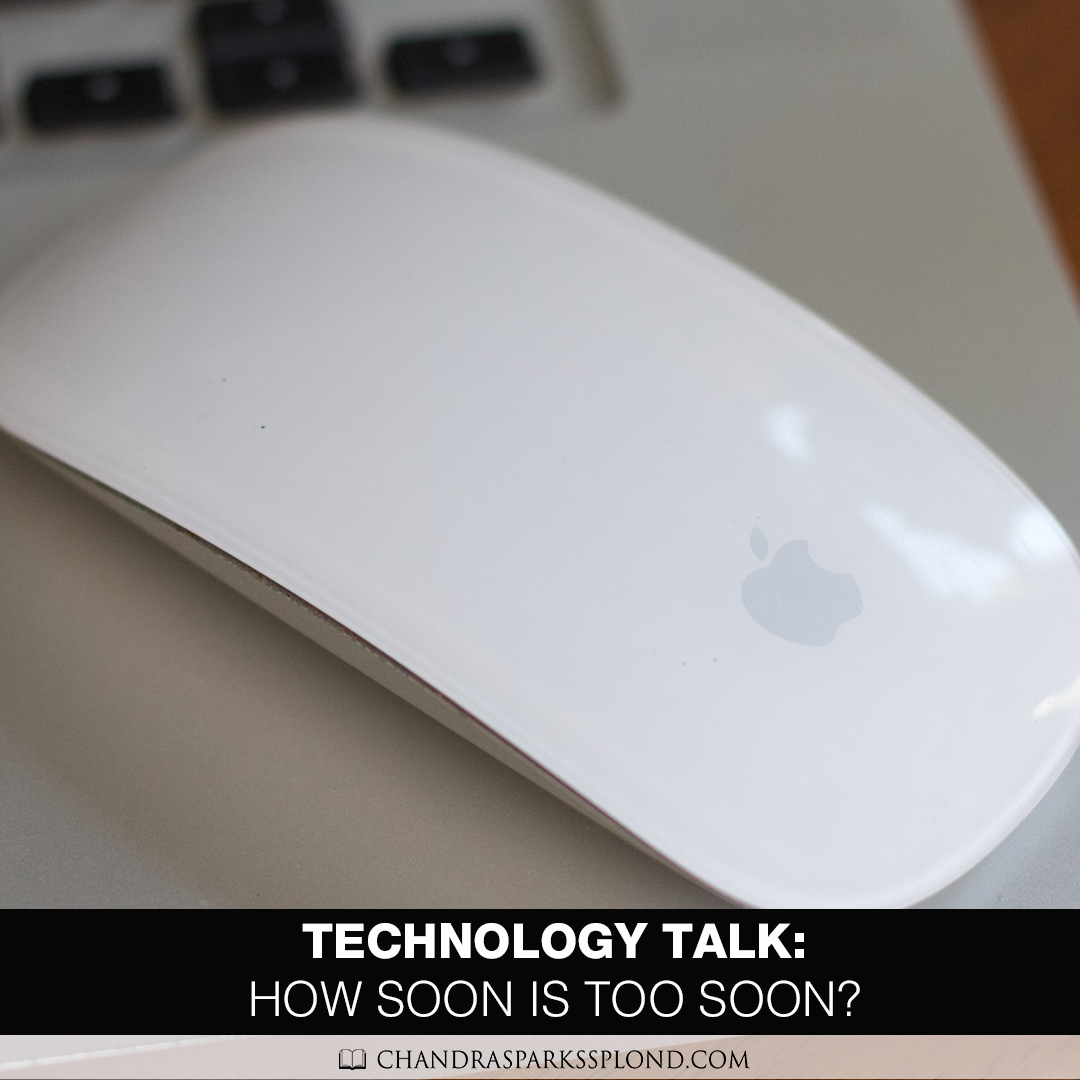
It’s not uncommon these days to see toddlers playing with cell phones and tablets, but is this too much too soon? As a parent, how can you tell if you child is ready to tackle technology?
“The use of electronics by a child depends on the child,” said Anthony Kingston, coordinator of technology for Alabaster City Schools. “Every child matures at different levels… Parents must decide if their child is mature enough to handle using technology and electronics.”
Kristin Booker, assistant principal for South Hampton K-8 school, agrees. “If your child is inquisitive and willing to learn, the use of electronics could be a powerful tool to use. Many children enjoy reading activities and games on the internet. There’s something about the bright colors, animations, and songs that keep them interested. Some children are infatuated with cellular devices. That may be a good thing if it is utilized for purposeful activities instead of games.”
Many parents want their children well prepared before entering school, so they purchase devices for them.
“My daughter received her cellular device at the age of four or five,” Booker said, “however, she had stipulations. She had to learn the numbers of close family as well as how to spell and recite their names. At that time, she had to identify letters on specific keys and know her numbers.”
Getting children acclimated at such a young age does have its benefits since many schools are now offering tablets or laptops to elementary school students, and knowing their value, many teachers implement cell phones and other devices into everyday instruction.
“Cellular phones may be utilized as clickers in the classroom to respond to questions or surveys the teacher has created…to collaborate on group projects, capture teacher notes and record a teacher explaining how to do an assignment. The students may use these devices to create presentations and to send homework videos to teachers,” Booker said.
More often than not, the use of technology spills outside of the classrooms. As with most things, there can be too much of a good thing.
“Some potential signs your child is using electronics too much include isolation and seclusion from others, not being willing to communicate with anyone, and being easily distracted without using the electronics,” Kingston said. “Some other warning signs may be physical, i.e. headaches, eyestrain, and body aches such a hand/wrist and neck problems.”
Adds Booker, “There are some children who sleep with their electronic devices under their pillows. If they wake up during the night, they immediately begin playing on those devices. If these signs are evident, it’s time to remove those items from their immediate reach.”
Many parents discover over time that their children become more technologically savvy than they are. If this is the case, it is still possible to put safeguards in place.
“It’s very important for parents to always have the password to all devices used by their children. Set guidelines and rules to when the devices may be used. Discuss safety usage, as well as what harms may occur through using the devices when an adult isn’t around,” Booker said.
Kingston recommends taking it a step farther. “Having a central place where the devices can be used in the presence of adults is a good idea,” he said.
Whether we like it or not, technology is an important part of a child’s world.
“We no longer live in a world of textbooks and pencils. We live in a world of advancing technology. When we fail to learn, we fail to grow. Make every day a learning experience. Just imagine the places you’ll go,” Booker said.




